4 Building Blocks of Great Literacy Centers in Inclusive Classrooms
December 12, 2017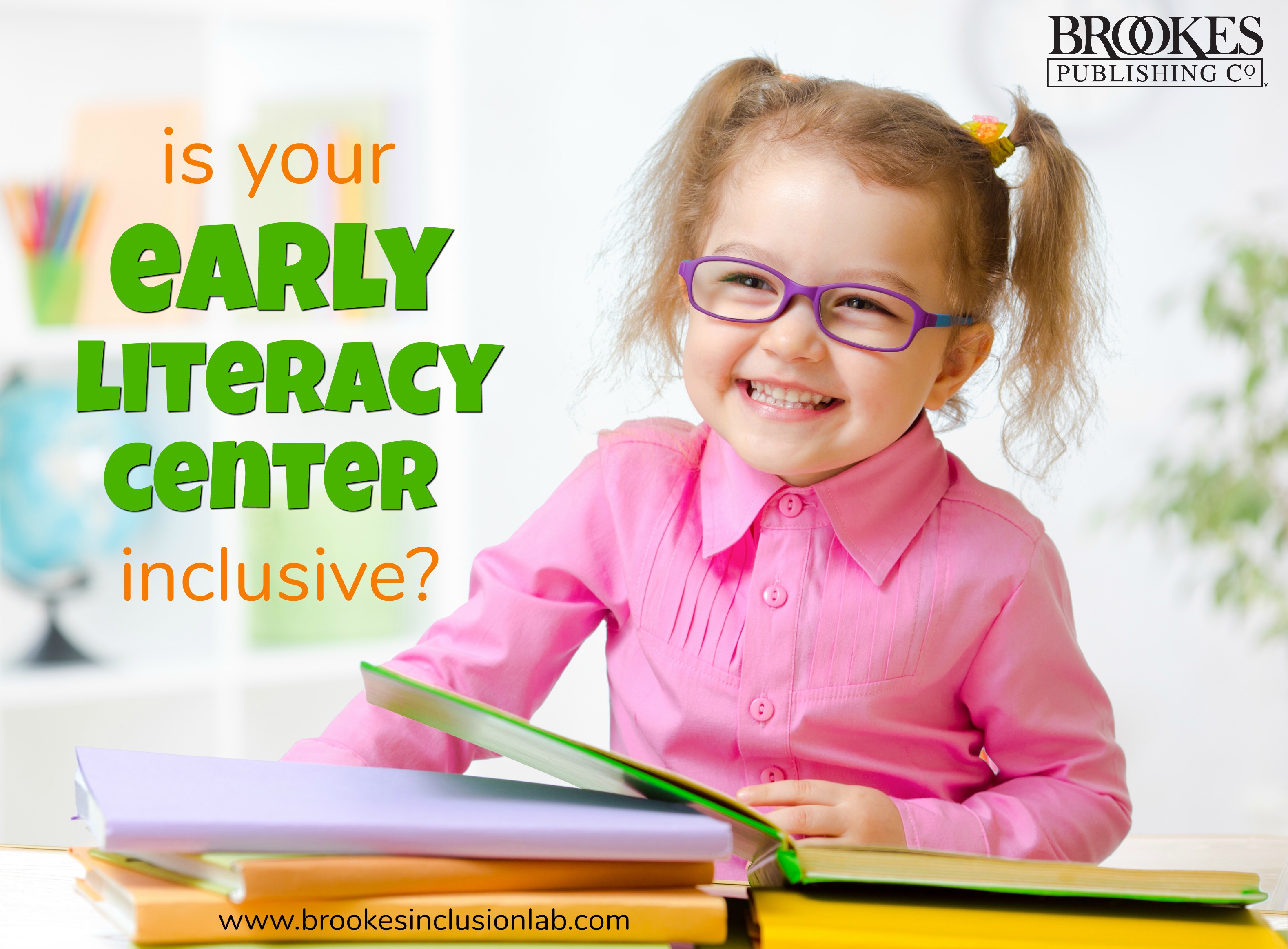
How can you support literacy skills for all learners in an inclusive early childhood classroom? The Building Blocks framework can help, and today’s post gives you some practical tips that show how.
Building Blocks is a framework developed by Susan Sandall, & Ilene Schwartz and outlined in their book, Building Blocks for Teaching Preschoolers with Special Needs. Here’s a simple visual depiction of it:

The foundation of the framework is a high-quality program for all learners. The other “building blocks”—curriculum modifications, embedded learning opportunities, and child-focused instructional strategies—are practices that may help children with more support needs meet their learning objectives.
In today’s post, excerpted and adapted from the Building Blocks book, we’ll look at how each of these four building blocks can help you strengthen emerging literacy skills for every learner in your classroom.
Start by building a high-quality early childhood literacy environment
Your classroom’s literacy centers should be fun, exciting, and comfortable places for all young learners to spend time. Here are some guidelines for establishing a high-quality literacy environment for your young students. How many of them do you already do in your classroom?
- Stock your classroom’s reading center with a variety of picture books (both fiction and nonfiction), alphabet books, and culturally appropriate books.
- Display the books attractively, and make sure it’s easy for all children to access them.
- Try a book rotation plan—switch up the books in your center from time to time to keep the book selection interesting for children.
- Provide literacy and writing props in other centers, such as the dramatic play center, and model a variety of ways to use the props.
- Schedule regular story times with your young learners.
- Conduct phonological awareness activities, including rhyming and sound awareness.
- Set up a computer station with a listening center for students with visual impairments or other disabilities that make it challenging for them to access print books.
- Have a writing center—separate from your reading center—stocked with many different types of writing implements and paper.
- Plan a variety of writing activities: for example, writing letters, thank-you notes, and invitations, and classroom signs.
Support students with curriculum modifications
To fully include children with disabilities in your classroom and enhance their participation, use curriculum modifications—changes made to your ongoing classroom activities or materials to meet the needs of diverse learners. Here are some examples of modifications you can try in your literacy centers.
- Enhance your reading center with books about children’s highly preferred topics and special interests.
- Glue a small piece of Styrofoam to the pages of a book if children have trouble turning them; this will separate each page, making it simpler to turn.
- Use modified writing materials (e.g., foam grips on pens) for students with fine motor challenges.
- Provide a variety of modified writing surfaces such as slant boards and tabletop easels.
- Select a “big book” for storytime or use large illustrations painted or drawn by the children if some learners have trouble paying attention to books.
- Increase students’ name recognition by requiring children to sign up for highly preferred centers and jobs using nametags.
- If a child shows little interest in your literacy centers, try assigning their favorite person (a peer or an assistant) to that center for a while.
- Choose pictures and books that are bold and uncluttered for students who have visual impairments. Look for books with high-contrast colors in visual images.
Look for embedded learning opportunities
You can boost children’s learning by embedding planned opportunities for teaching and learning within your typical classroom activities and routines. With these embedded learning opportunities (ELOs), you look for opportunities to conduct short, systematic instructional interactions that use children’s natural interests and help them work toward their learning objectives. Here are some examples of ELOs.
- For children who need extra practice holding a writing utensil, work it into a preferred activity, such as signing up to use the computer.
- Strengthen language comprehension (an important prerequisite to reading comprehension) by asking questions about preferred topics when you read stories.
- Facilitate phonological awareness by choosing books that draw attention to the sounds of language through rhyme, alliteration, and other phonemic manipulations. Focus children’s attention on the language sounds by commenting on them: “Did you notice that bat, boat, and baby all begin with the /b/ sound?”
- Help children learn letter sounds by embedding alphabet-block play in your classroom’s construction area.
- Enhance matching skills and patterning skills with letter tiles while playing with a Scrabble game or other spelling game.
Use explicit child-focused instructional strategies
Sometimes, a child will need more explicit instruction than you can give them through modifications or ELOs. That’s when to use child-focused instructional strategies (CFIS)—learning opportunities that are matched to a child’s individual objectives. Using CFIS, you can provide planned, consistent, systematic instruction to teach a child specific skills or behaviors. Here are a few examples of how you might use CFIS in your literacy centers.
- To systematically teach a child to look at a book, use prompting and reinforcement techniques.
- Use direct instruction and graduated guidance to teach a child making the transition to kindergarten to write his or her name.
- Use time delay to increase a child’s commenting when they’re looking at a preferred book (don’t provide an answer right away—wait at least a few seconds for them to respond).
- Boost vocabulary learning for English language learners by pairing them with classmates so they can use new words in conversation.
- To encourage a child to answer questions about a story, use visual support strategies and systematically fade those prompts.
The foundation for future reading success starts when children are young—and the diverse learners in your classroom will need a variety of meaningful, developmentally appropriate experiences and supports to build their skills. Use the suggestions in this post as a starting point, and check out these resources for more early literacy boosters:
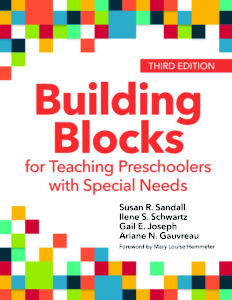 Building Blocks for Teaching Preschoolers with Special Needs, Third Edition
Building Blocks for Teaching Preschoolers with Special Needs, Third Edition
The new edition is here! Expanded with timely new content and consistent with DEC Recommended Practices, the third edition of this bestselling book will fully prepare a new generation of early childhood educators to teach and include every child.
Story Friends is a fun and effective language intervention program for 4- to 6-year-old children at risk for reading difficulties. Through 26 interactive animal-themed storybooks and engaging audio recordings, Story Friends improves oral language and vocabulary development—two of the most important predictors of later reading success.
 Developed by renowned reading expert Marilyn Jager Adams, this playful, engaging curriculum supplement gives you 56 activity-based lessons that help children recognize and write each letter in both upper- and lowercase forms and know the primary sound each letter represents.
Developed by renowned reading expert Marilyn Jager Adams, this playful, engaging curriculum supplement gives you 56 activity-based lessons that help children recognize and write each letter in both upper- and lowercase forms and know the primary sound each letter represents.
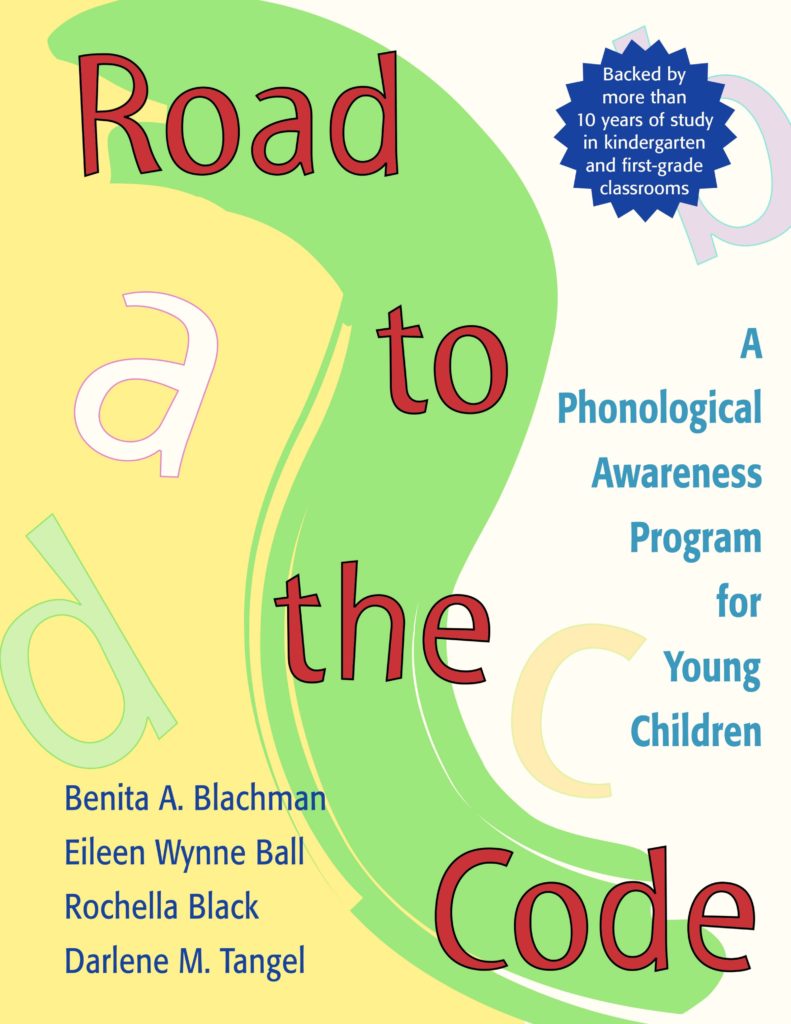 Ideal for giving extra help to kindergartners and first graders who are having difficulty with their early literacy skills, Road to the Code is a popular 11-week program for teaching phonemic awareness and letter-sound correspondence.
Ideal for giving extra help to kindergartners and first graders who are having difficulty with their early literacy skills, Road to the Code is a popular 11-week program for teaching phonemic awareness and letter-sound correspondence.

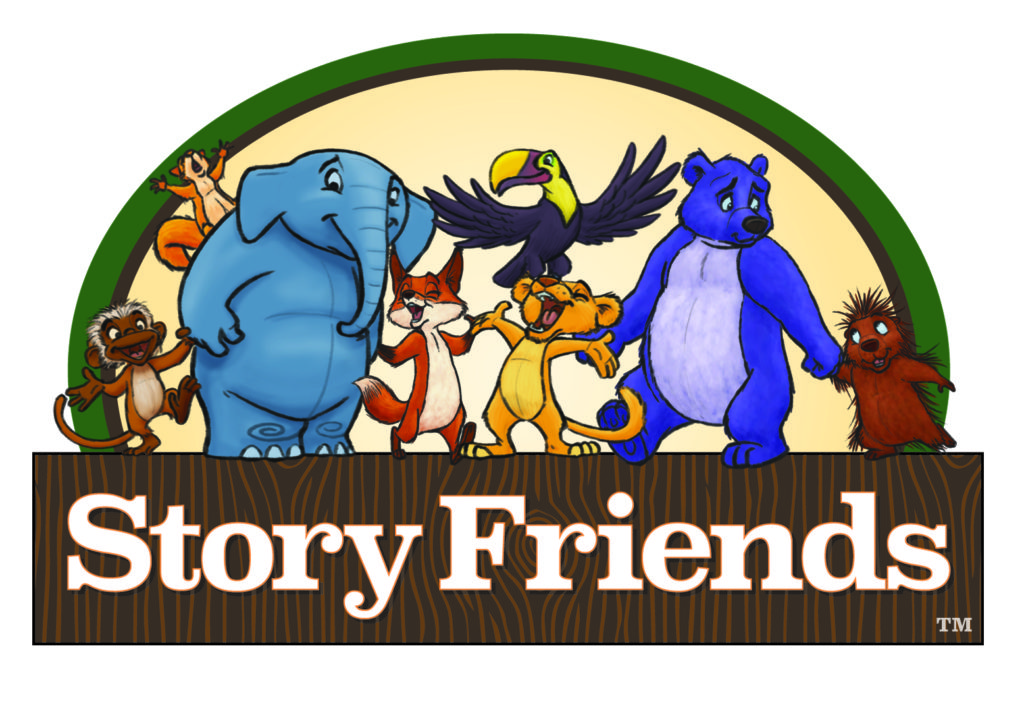
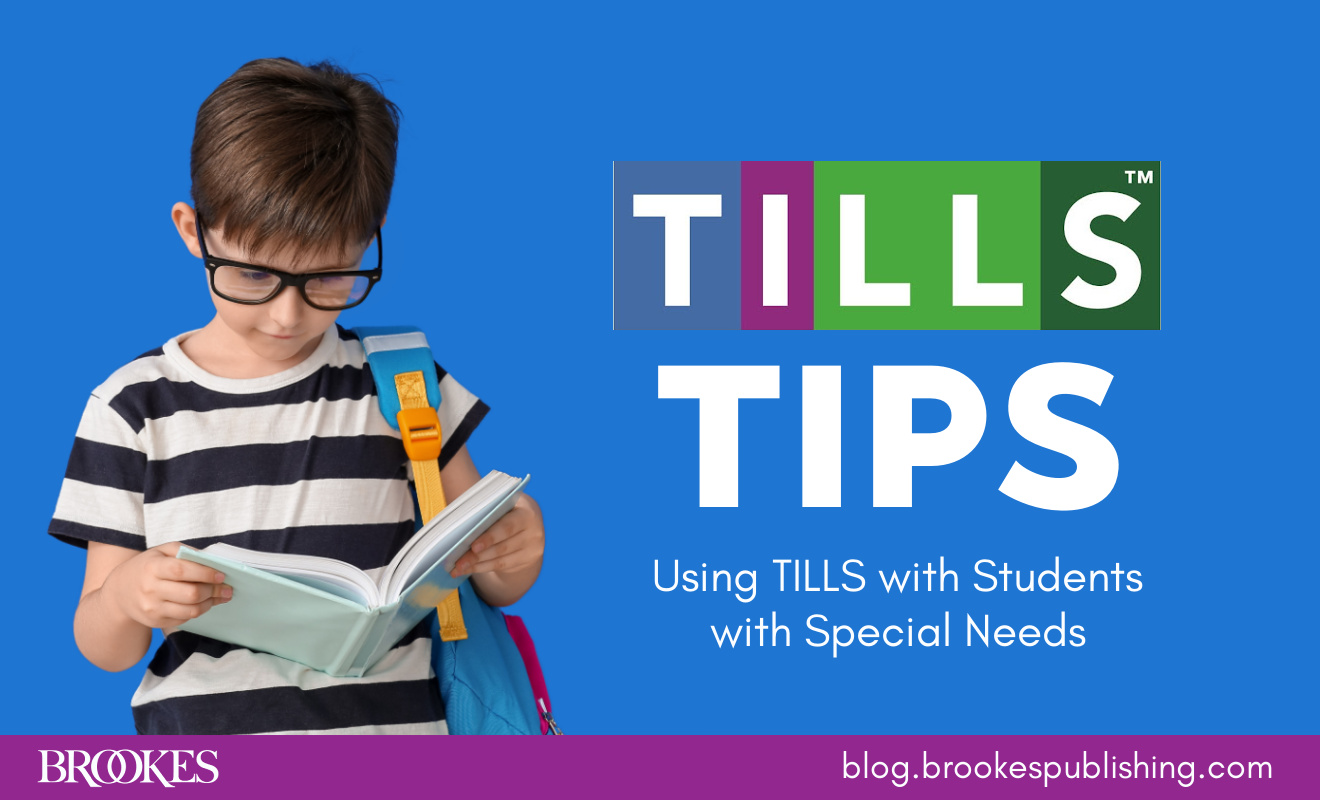
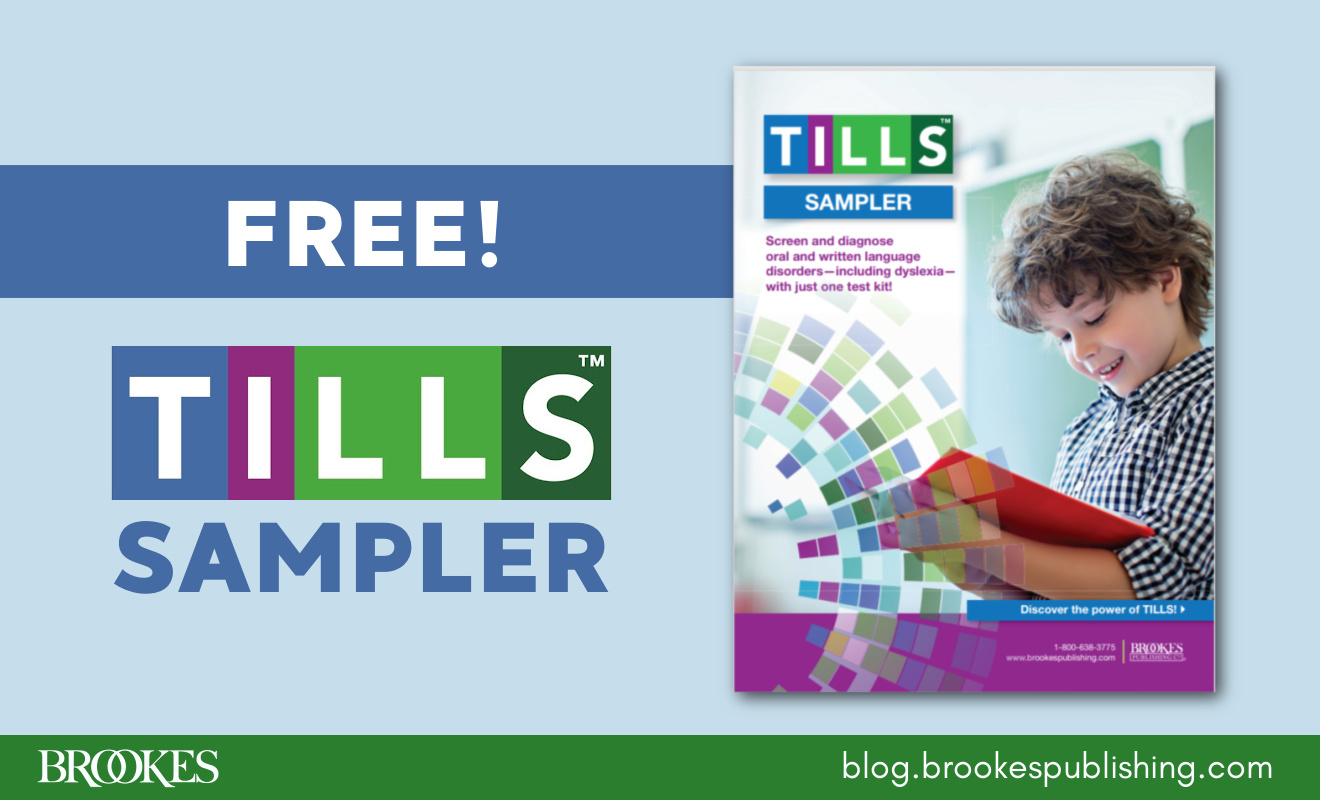
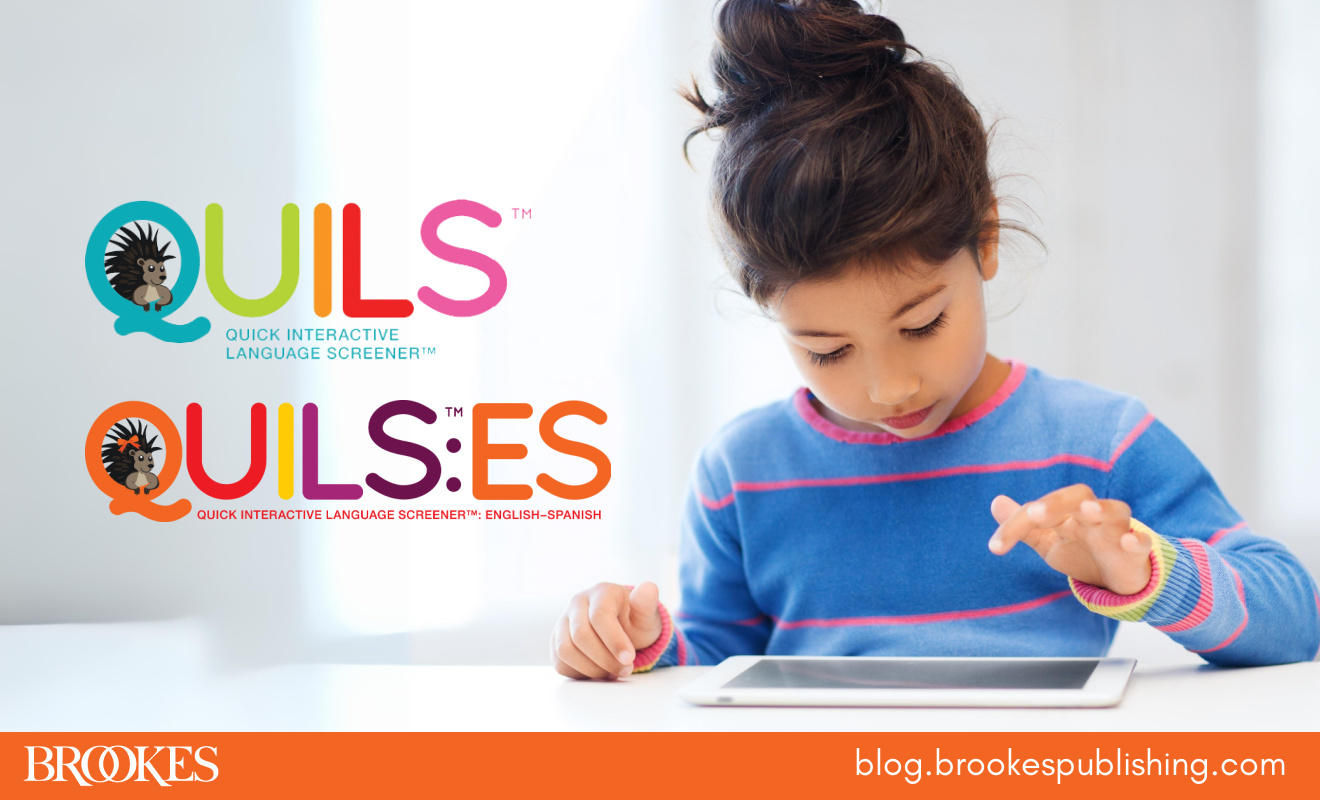
Write a Comment
Your email address will not be published. Required fields are marked *
comments
Janniffer Bailey says
I think that you must first study your student's profile before you can really teach them. Starting out small so they can become successful and then build up to more higher level activities.
Janniffer Bailey says
Allowing students to make an effort and then take a risk to see if they can be successful is a good start for all.
Post a Comment